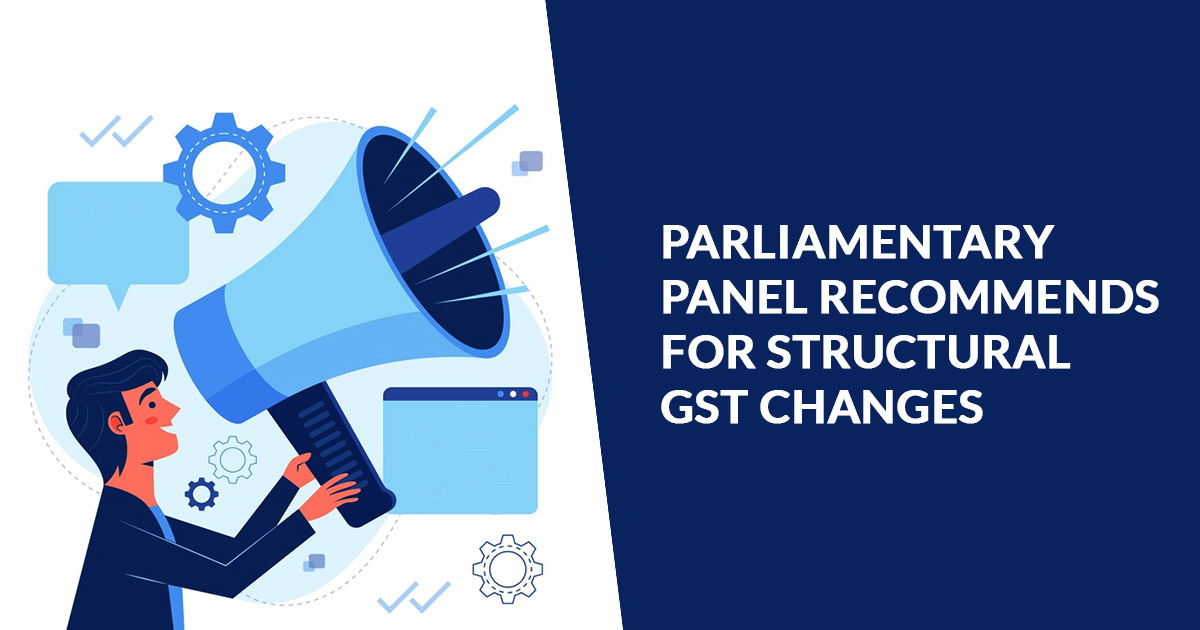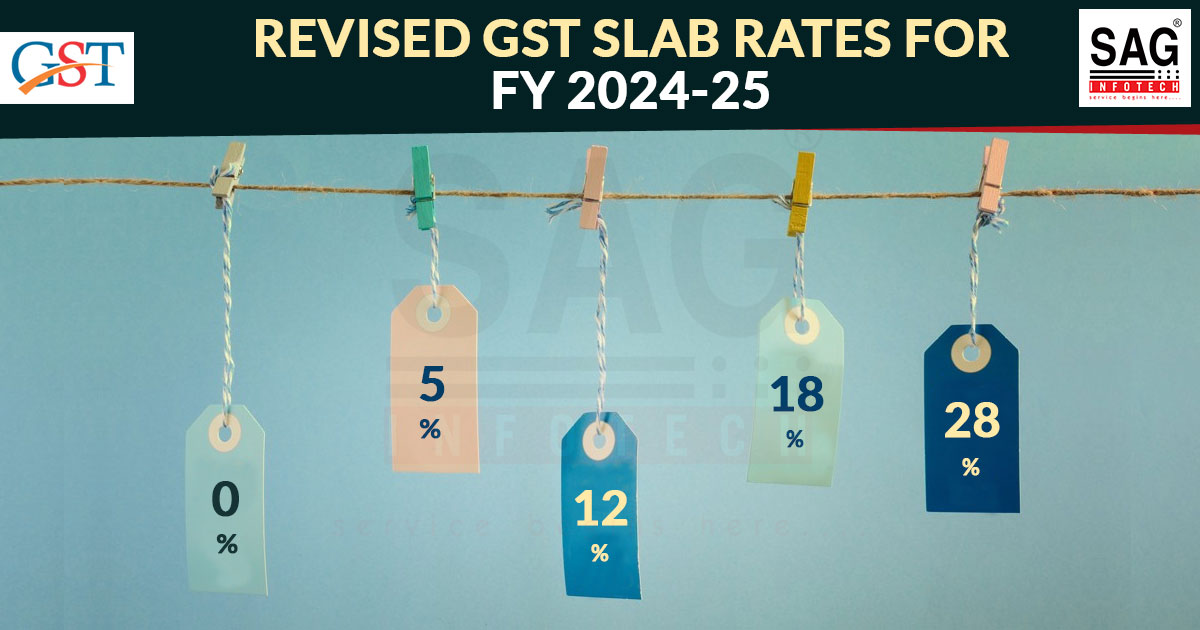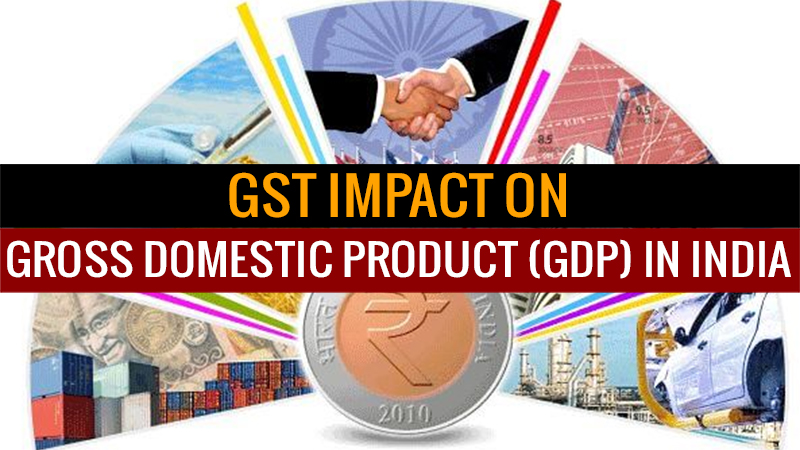The parliamentary panel has recommended to the finance ministry that the government needs to make breakthrough /structural changes in the mechanism of goods and services tax (GST) and should step up the compliance procedure to boost revenues and fill up the gap in states GST revenue receipts.

Due to the CORONA pandemic, several states have reported that there are revenue losses that have affected GST collections—progress that proposes measures to augment the compliance, the parliamentary standing committee on finance added in a report tabled on Tuesday.
“In the light of the prevailing economic scenario, the committee would therefore urge the government to initiate all possible measures, both structural and enforcement related, to increase GST collections, which has in recent months shown an upward trend,” the panel said in its report.
The panel’s proposal to introduce structural changes to GST has come in the light of plans proposed by the central government to merge the 12% and 18% GST rate slabs 
The Fifteenth Finance Commission (FFC) had also requested the government to put back/bring back the “rate neutrality of GST” As per the reality check of the report, some structural changes have been introduced to increase tax receipts— ‘India’s buoyancy of tax’ has not been in proportion to the growth in income and wealth.
It is worth mentioning here that in developed economies, the ratio of the tax to gross domestic product (GDP) 
Greater than 17,000 entities have been booked Since July 2017, and more than ₹2,800 crores have been recovered from fake invoice cases. Consequently, The panel has advised about creating awareness on the GST structure and thus enforcing punitive action against assessees if there is non-compliance on a large scale.